What is Decontamination and How to Decontaminate your car
We are going to talk about decontamination today at Grand Sport Detailing. In Car Detailing, good preparation is key to good results. Decontamination is a major part of the prepping and detailing process.
Contamination usually happens with a combination of a car that hasn't been detailed for a long period of time and also lacking of any form of paint protection. As you drive your car everyday, your car is exposed to road grime such as industrial fallouts, brake dust, tree sap, the list goes on. Washing your car regularly is a good idea but how ever it will not remove contaminants that are bonded strongly to the surface. We call that above-surface imperfections and below-surface imperfections are imperfections such as swirl marks, light scratches etc because they are literally, below the surface of a paint work. Hence why paint protection (in any form) is important.
Contamination usually happens with a combination of a car that hasn't been detailed for a long period of time and also lacking of any form of paint protection. As you drive your car everyday, your car is exposed to road grime such as industrial fallouts, brake dust, tree sap, the list goes on. Washing your car regularly is a good idea but how ever it will not remove contaminants that are bonded strongly to the surface. We call that above-surface imperfections and below-surface imperfections are imperfections such as swirl marks, light scratches etc because they are literally, below the surface of a paint work. Hence why paint protection (in any form) is important.
Build up of contamination can cause your paintwork to feel rough, similar texture of a sandpaper and might even look less glossy and dull.
You can decontaminate your car in two ways, chemical and mechanical (physical). Usually good detailers will use a combination of the both.
You can decontaminate your car in two ways, chemical and mechanical (physical). Usually good detailers will use a combination of the both.
Chemical Decontamination
Chemical Decontamination is used when a car is protected with Ceramic Quartz Coating or when the car is mildly contaminated (eg. Brand New car)
Types of Chemical Decontamination:
Types of Chemical Decontamination:
- Iron Fallout Removal - Such as CarPro's Iron X or Gyeon Iron
- Tar Adhesive Removal - Such as CarPro's Tar X or Gyeon Tar
Physical Decontamination
- Clay Bar - The most cost effective and traditional method of removing bonded contaminants, ranging from fine grade to heavy, depends on how much the paintwork needs. Sometimes a fine grade clay won't be able to remove contaminants completely.
- Clay mitt/towel/cloth - A revolutionary product that would able to remove contaminants in half of the time compared to traditional clay bars, we usually use a clay mitt/towel/cloth if a car is going through an intensive paint correction because if usually the clay mitt/towel/cloth is close to medium to heavy grade and they usually causes paintwork marring, especially on softer paints.
How do I stop or prevent contaminants?
In a perfect world, contaminants wouldn't be an issue on cars. In reality, they are very normal and they are ways to reduce the chances of contaminants building up on your car's paintwork.
Low cost solution: Washing and waxing your car in a regular basis would be able to reduce contaminants from building up your car over time, and also make sure to check regularly for contaminants with the hand or plastic bag method and use a clay bar treatment if necessary and these products are usually widely available at local auto store.
Medium cost solution: Bringing to a reputable detailer on a fortnightly or monthly basis for a maintenance detail. A good reputable detailer knows if your car needs a light or heavy decontamination and they usually have high quality waxes or sealants in their arsenal. We do have maintenance detail packages for your car care needs. Be sure to get in touch with us if you need to get your car detailed regularly.
Medium to High Cost Solution: Ceramic Quartz Paint Protection Coating. Also known as glass or nano coating. A good coating does provide a long term protection permanent protection that doesn't wear off while washing, self-cleaning effects from their very hydrophobic nature and also its inability for particles to adhere to the surface, hence a extremely low chance of getting contaminants build up on your car's paintwork. If a coated car is regularly maintained properly, not only your car will look as good as it just has been detailed from Day 1, also your car will be contaminant free at all times! We do offer ceramic coatings coatings for both brand new and used car.
We hope this article helped you to have a better understanding on decontaminations. Feel free to contact us about anything questions you have regarding to detailing.
Low cost solution: Washing and waxing your car in a regular basis would be able to reduce contaminants from building up your car over time, and also make sure to check regularly for contaminants with the hand or plastic bag method and use a clay bar treatment if necessary and these products are usually widely available at local auto store.
Medium cost solution: Bringing to a reputable detailer on a fortnightly or monthly basis for a maintenance detail. A good reputable detailer knows if your car needs a light or heavy decontamination and they usually have high quality waxes or sealants in their arsenal. We do have maintenance detail packages for your car care needs. Be sure to get in touch with us if you need to get your car detailed regularly.
Medium to High Cost Solution: Ceramic Quartz Paint Protection Coating. Also known as glass or nano coating. A good coating does provide a long term protection permanent protection that doesn't wear off while washing, self-cleaning effects from their very hydrophobic nature and also its inability for particles to adhere to the surface, hence a extremely low chance of getting contaminants build up on your car's paintwork. If a coated car is regularly maintained properly, not only your car will look as good as it just has been detailed from Day 1, also your car will be contaminant free at all times! We do offer ceramic coatings coatings for both brand new and used car.
We hope this article helped you to have a better understanding on decontaminations. Feel free to contact us about anything questions you have regarding to detailing.

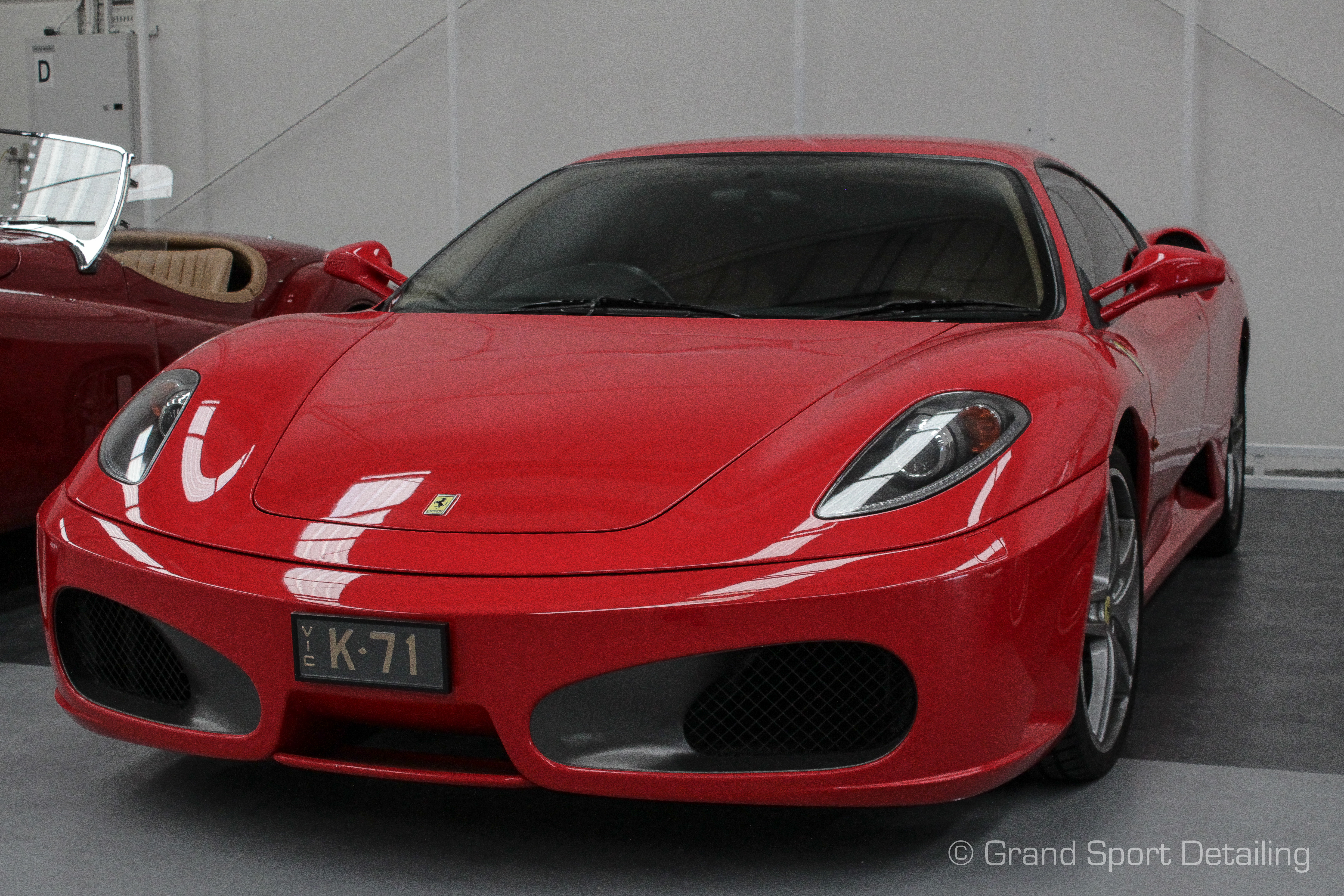
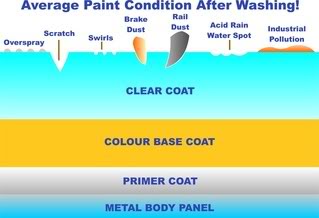
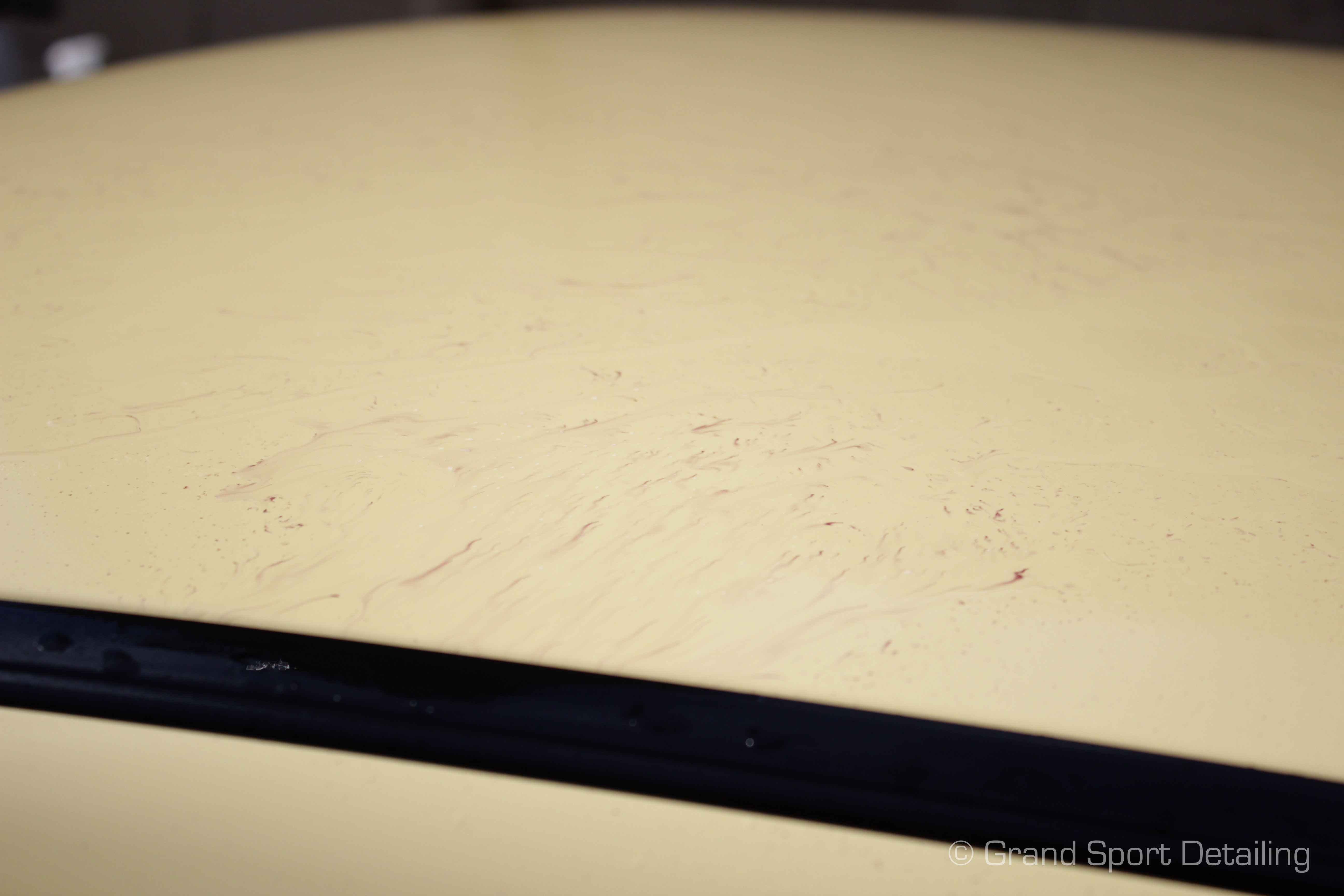
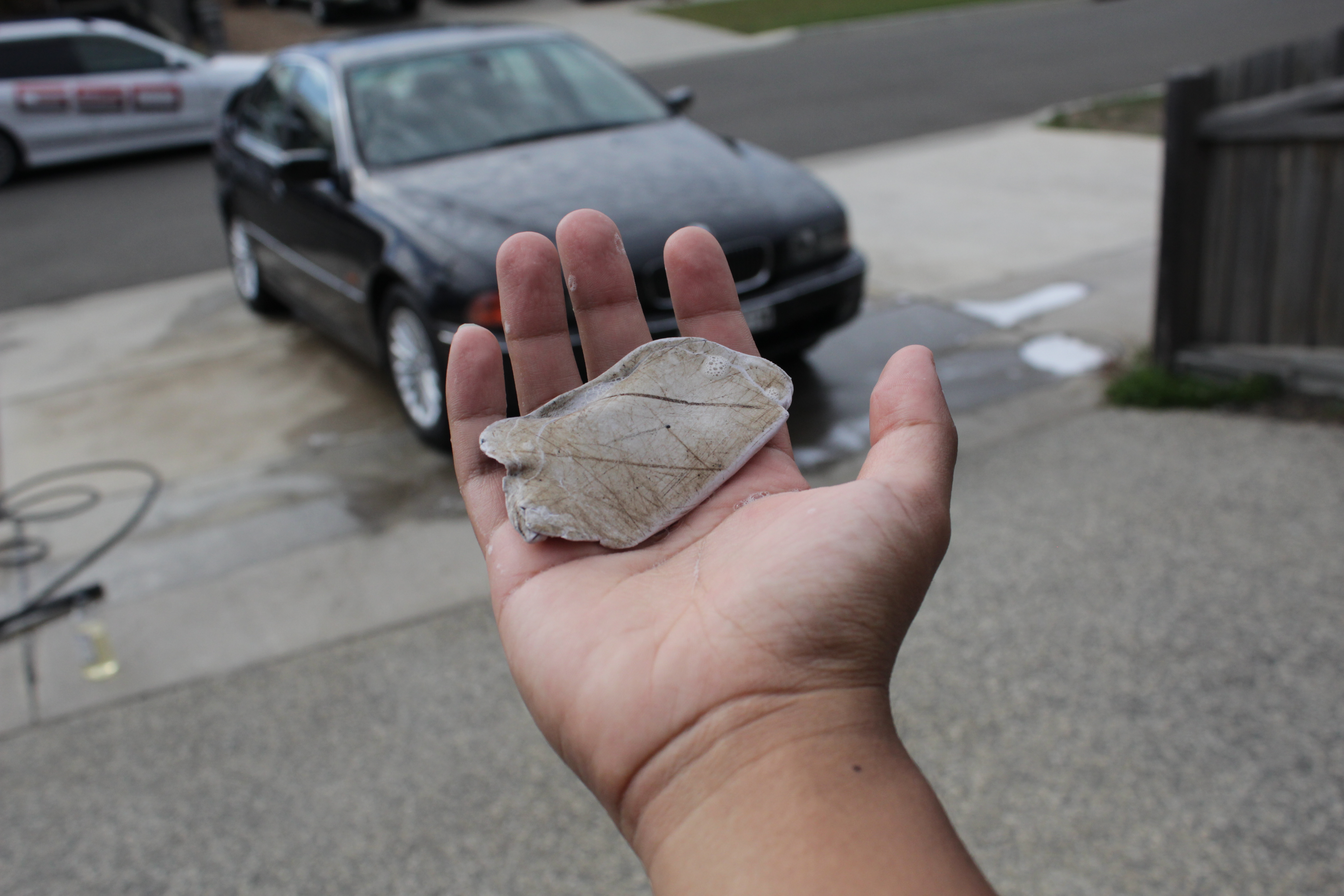
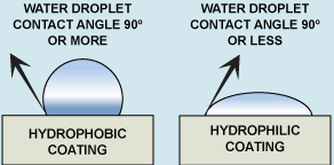
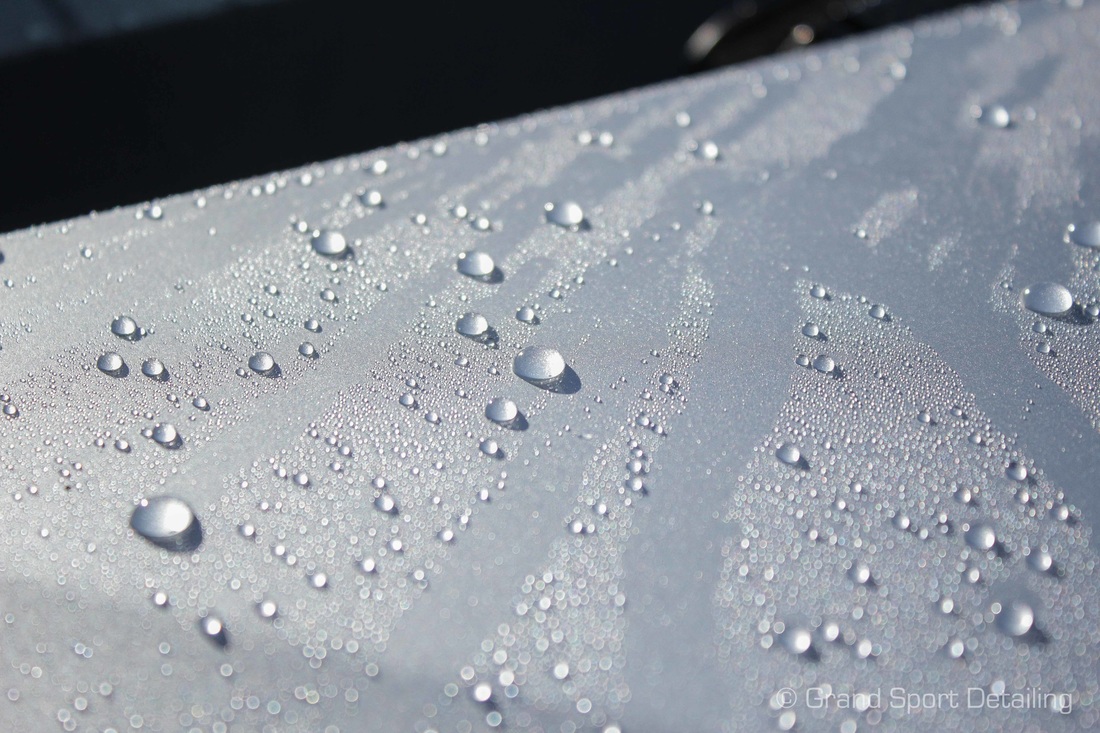
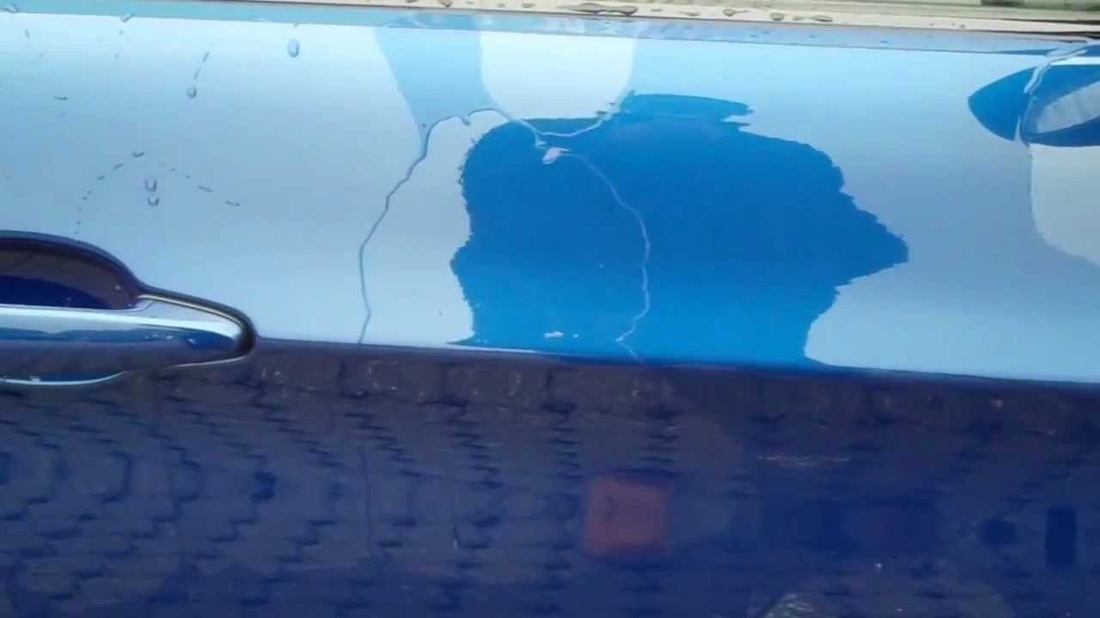
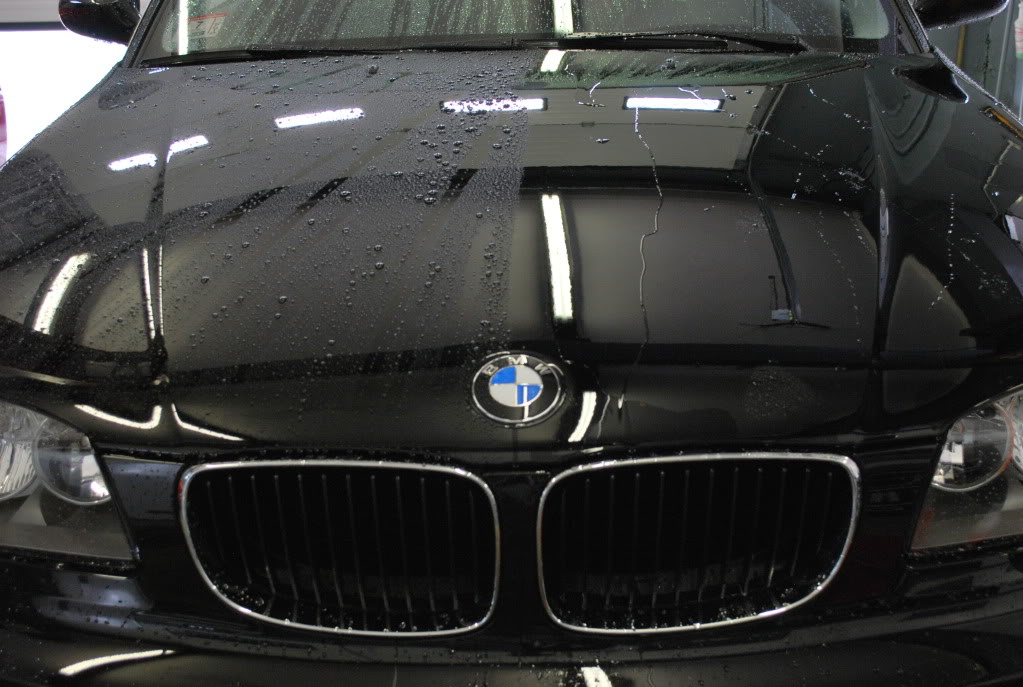
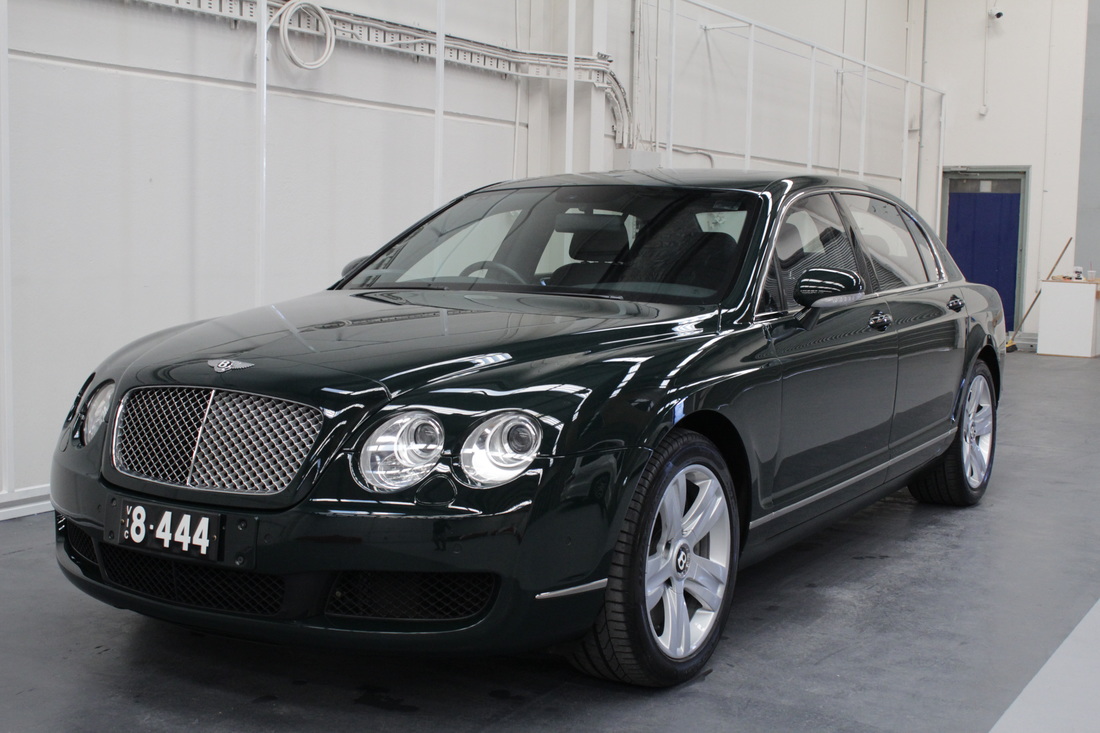
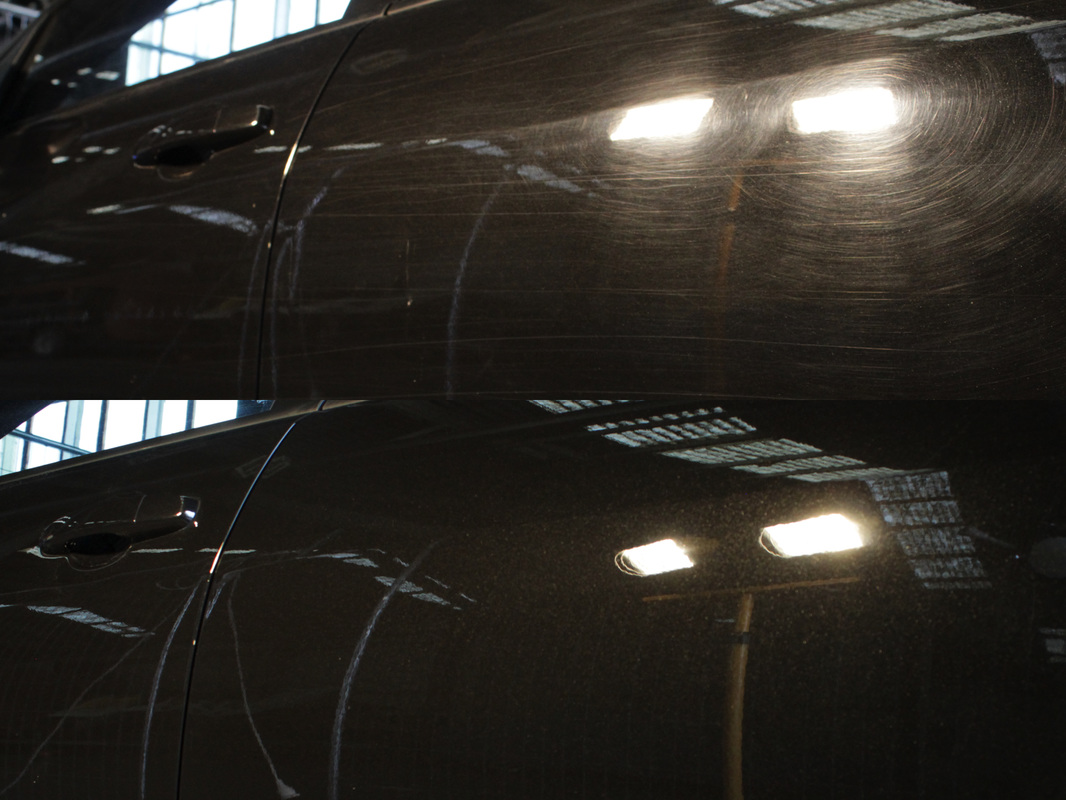
 RSS Feed
RSS Feed
